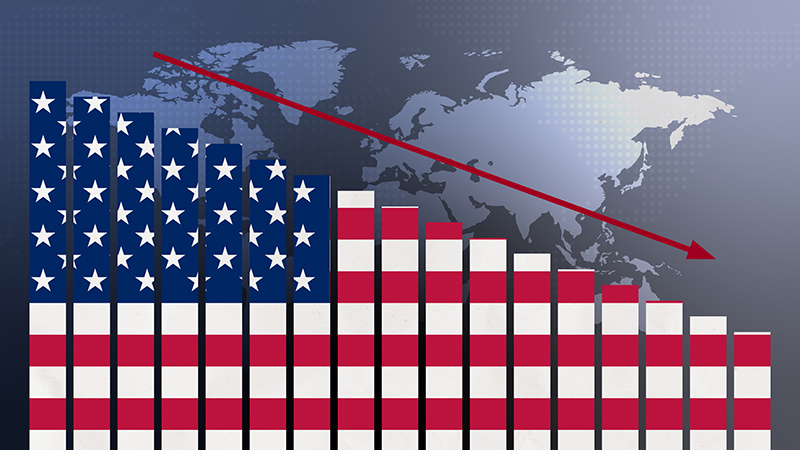Fixed income has recently faced an onslaught of disparaging rhetoric. Some commentators have even gone so far as to claim the asset class has no place within a multi-asset portfolio. This view completely underestimates the diversity of the fixed income opportunity, which reaches far beyond corporate and government bonds.
The rhetoric is often most vehemently targeted at the traditional asset allocation model, which suggests it is vital to have a generous allocation to the government bond market in a balanced portfolio. The asset class has historically generated attractive risk-adjusted returns with a negative correlation to risk assets, two characteristics treasured by mean variance optimisers.
In this regard, the critics of fixed income have some credibility as the construction of a multi-asset portfolio demands a greater understanding of risk than simply observing historical relationships.
Nassim Taleb’s famous story of a turkey’s life encapsulates, albeit rather brutally, the inherent problem of relying on backward- looking models. Imagine a turkey that has been fed for 1,000 days by a friendly farmer until day 1,001, which happens to be two days before Thanksgiving. When the farmer arrives yielding an axe rather than offering food, the turkey’s expectations, shaped by history, are cataclysmically wrong.
Investors fall into a similar trap if their outlook is solely shaped by history. The negative correlation between government bonds and risk assets, the foundation of a balanced portfolio, has been dynamic through time and therefore justifiably comes under question by the fixed income naysayers. The correlation of US equities and treasuries during much of the 20th century was positive but has been strongly negative more recently.
Change in the air
There are numerous commentators today who speculate that the relationship is once again set to change, and much of the debate is centered on changes in the stance of the Federal Reserve.
A shift in US monetary policy historically has been associated with a lower correlation. This is often cited as the reason for the lower level witnessed in the early ’80s. The academic community has also found a plethora of other factors, including a significant change in GDP growth and high inflation. It is not outrageous to assign a fair probability to an upcoming inflation shock.
It is important that multi-asset investors question the assumptions that underpin a traditional balanced portfolio, especially as we enter a new economic regime. However, to categorically neglect fixed income would be naive. The universe encapsulates various risk assets that could provide great value and limited exposure to interest rate risk.
Hidden value
The recently announced Cerberus sale of asset-backed debt is an apt reminder of the potential to uncover value. The underlying mortgage loans in the deal were previously securitised as part of the now infamous Granite programme and, prior to restructuring, Cerberus called the outstanding Granite bonds at par. Yet in the depths of the most recent financial crisis even the most senior tranche traded down in the 60s.
Often the structural complexities of an investment can result in staggering value, although in a market’s nadir it might not feel that way. In times of stress, stigma and contagion reign most strongly in complex asset classes. Many strategies were launched to exploit the dislocation between prices and fundamentals that emerged across the globe within the structured credit markets.
Angel Oak Capital, which recently launched a Ucits product, was founded in 2008 to capture this opportunity and has subsequently delivered notable returns.
A fixed income allocation can also provide compelling value opportunities when considered on a relative basis to other markets. One such opportunity arose at the start of the year, during the market turbulence, when a portfolio’s risk/return profile could be improved through funding US high-yield exposure from US equities.
The sell-off in US high yield was such that the level of spreads approached the required return of equity and presented a fantastic relative value opportunity.
Emerging opportunites
The emerging market universe provides further evidence of how significant value can be added by considering the relative value between equities and fixed income. The main rationale for investing in emerging markets is to access higher risk premia and growth than can be found in developed markets.
Within the equity space, the focus is on the growth of consumption and exports, while the fixed income universe is more tilted towards the effect of government policy. It could be argued that within the corporate sector there should be a greater emphasis on fixed income. Reasons for this include the often relatively poor corporate governance standards, potential for equity dilution and unfriendly shareholder activity.











